book reference of themes :I have read the following books
Contemporary arts: is a book written by:
I started reading contemporary arts wi the intention to fin out more about the bass of how art and photocopy developed throughout time politically and economically and how this had an influence on the images produced and also the effects emotionally on the images themselves. These are the following notes I made when reading gah following book: Contemporary arts was founded upon the soviet war and the decision between the eat and the west,if the art of the east had to conform and to represent a specific ideology and have a definite social use,then the art of the west must be apparently free of any such direction and attain perfect uselessness. East had a celebratory achievements of humanity socialist West limits failures and cruelties Many ethnicity cultures and art influences joined the west in the way they were no longer ignored and were born to critical and commercial success.The end of the cold war broke the white genius and white monopoly of the country.The greatest effect on art has not been on its economy but its rhetoric. The demonisation of barriers
Camera lucida:Is a book written by Roland Barthes
this is a book questioning the philosophy of why photography is important and how every aspect to an image has a different precise point of interest within it, It additionally develops the idea of what is reality and emotions being reflected and held within the person in the photo. The following are quotes and reference of interest I think will benefit my work. “I am interested in them as I am interested in the world but I do not love them” often punctum is the detail dependent on a size, However lighting like, it may be the punctum has, more or less potentially a power of expansion .This power is often metonymic.‘Thinking eye’ . This is Sole proof of art to annihilate as medium .What a stubbornly see. We say to develop a photograph but what the chemical reaction develops is undevlopable , the essence of a wound, what cannot be repeated but only transformed but only repeated under the instances of insistence. We must speak of intense immobility linked to detail to a detonator Not to inherit anything other than my own eye. Within movie you are not allowed to shut your eyes, otherwise you would not discover the image.
The third book I have looked at is Oxfords worlds classics,, Edmund burke a philosophical enquiry: This book is a clear questioning of what the sublime is and of how it has come about and what successful it achieves. Many of my notes here are Ideas burke has bought up that I think could benefit my research question that I will continue to ask myself. These are quotes and theoretical questions.
Burke had the thought that the beautiful us that which is well-formed and aesthetically pleasing. This is differently how the sublime is something which has power to compel and then destroy us. He stated the difference was that of the tranition from neoclassical to the romantic era. Burkes thinkning was based off the understanding he had from the casual structures, this consisting of Aritotelians belief that ‘physics and metaphysics, causation can be divided into formal, material, efficient and final causes’ he belived the fromal cause of beauty if the passion of love, the material cause concerns would be the materials of the object itself, smallness,smoothness,delicacy. These ese intern cause the calming of our berves . The final cause is God and his providence. Beauty before burkes view was based oin the three deifning factors of fitness perfection and porportion. however the sublime also had a casuals tructure before urkes theory and this consisted of, the passion of fear(death), The material was the infinity, vastness and magnificence of the object. The efficient cause is the tension of our nerves, and gos role in the final cause is having created and battled satan. Pleasure is ongly pleasure if it is felt and the said to be said about pain. Three states of indifference, of pleasure, and of pain. He will feel greater pain stretch caused upon the rack, but does this pain of the rack arise from the removal of any pleasure. DIFFERENCE OF REMOVAL OF PAIN AND POSITIVE PLEASURE. Pupose, that pain and pleasure are not only, not necessarily dependent for their existence on their mutual diminution or removal, but that, in reality, the diminution or ceasinf of pleasure does not operate like positive pain. And that the removal or dimunition of pain, in its effect has very little resembelance to positive pleasure.
internet reference of themes :I have two themes to which I want to research this being emotions within photography and the other being sublime.
The sublime: I decided to dive into the Tate modern for this research and discover what the contemporary sublime is k.Anish(2002) Tate Modern: Contemporary artists have extended the vocabulary of the sublime by looking back to earlier traditions and by engaging with aspects of modern society. They have located the sublime in not only the vastness of nature as represented in modern science but also the awe-inspiring complexity and scale of the capitalist-industrial system and in technology.Julian Bell surveys the contemporary sublime with personal reflections on its continued relevance to artistic practice. Other essays reflect on the complex relationships between concepts of the sublime and capitalism and technology today. ,, The content of the sublime: global Fear of what? What is that ‘something which one immediately has to recognise is bigger’? Does the contemporary art of the sublime have some substantive content in mind? Or do its meanings reside in its very nihilism, its hankerings after the sheer effect of power? Or is that taking matters too seriously? Why should we not simply celebrate showmanship, in this our age of spectacle?
Emotions within photography:Here I wanted to measure how you can measure emotion within a piece of art such as photography. And how differently art and emotions can be.
(Cacioppo et al. 2001 p. 173)–Our emotions play an important role throughout the span of our lives because they enrich virtually all of our waking moments with either a pleasant or an unpleasant quality. Cacioppo and his colleagues wrote that “emotions guide, enrich an ennoble life; they provide meaning to everyday existence; they render the valuation placed on life and property”This person will experience all kinds of emotions, such as fear, amusement, anger, relief, disappointment, hope, etcetera. Instead of one isolated emotion, it is the combination of those emotions that contributes to the experience of fun. It is not implausible that the same applies to other instances of fun, whether it is sharing a joke, using a product, or interacting with a computer.–P.M.A. Desmet (in press) Measuring Emotions 1Delft University of Technology; Department of Industrial Design
artists references online and in books :
j.bell (2013) sublime and the contemporary arts – But here in the foreground, as of the 2010s, we seem to stand amidst a delta. Channels of discourse about the sublime meander all around us, but which is the main flow, which the subsidiary, which the navigation canal or ditch for irrigation has become almost impossible to tell. Ideally, I should like to draw a map of this muddle; pragmatically, I hope at least to offer a ground-level topographical sketch.

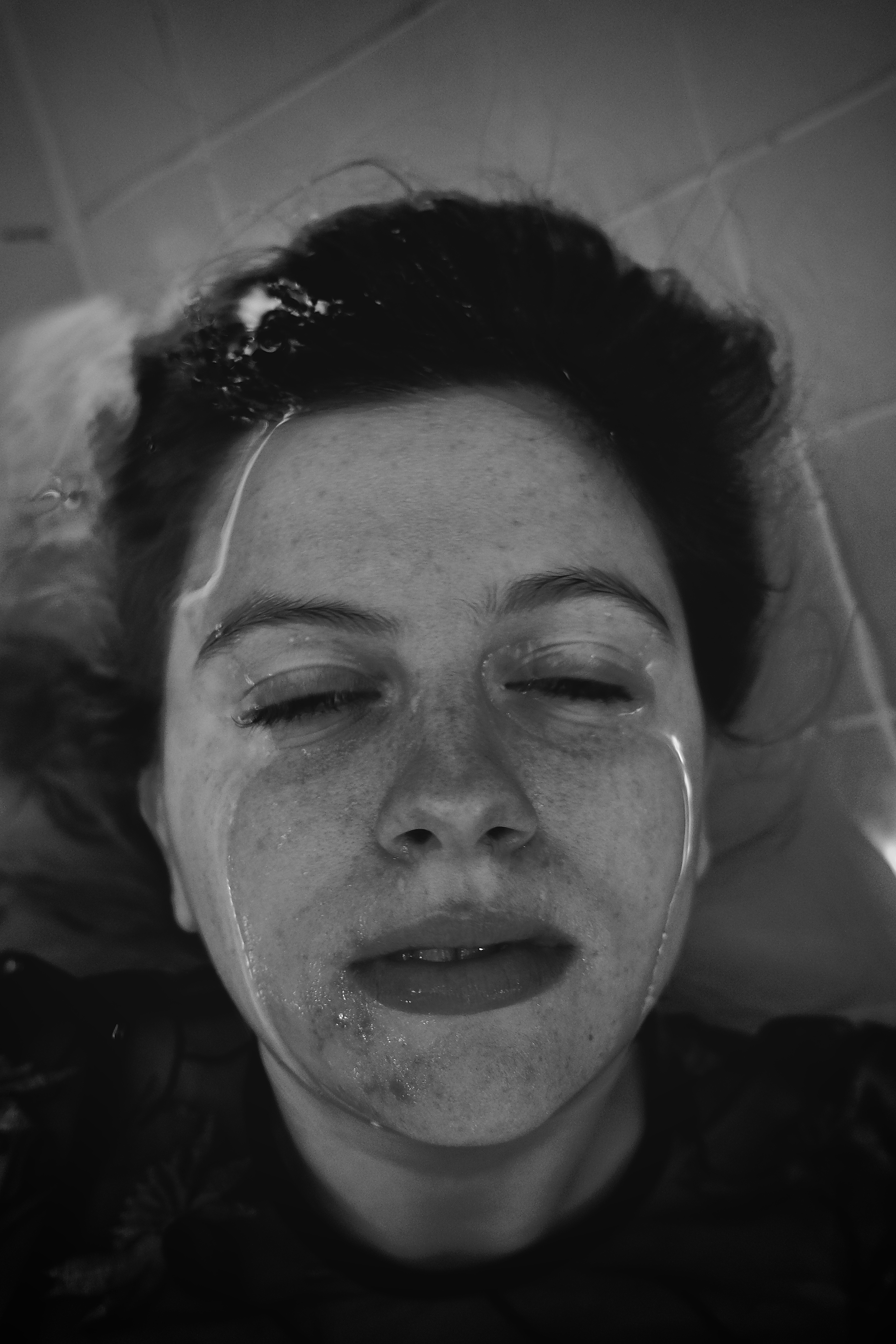
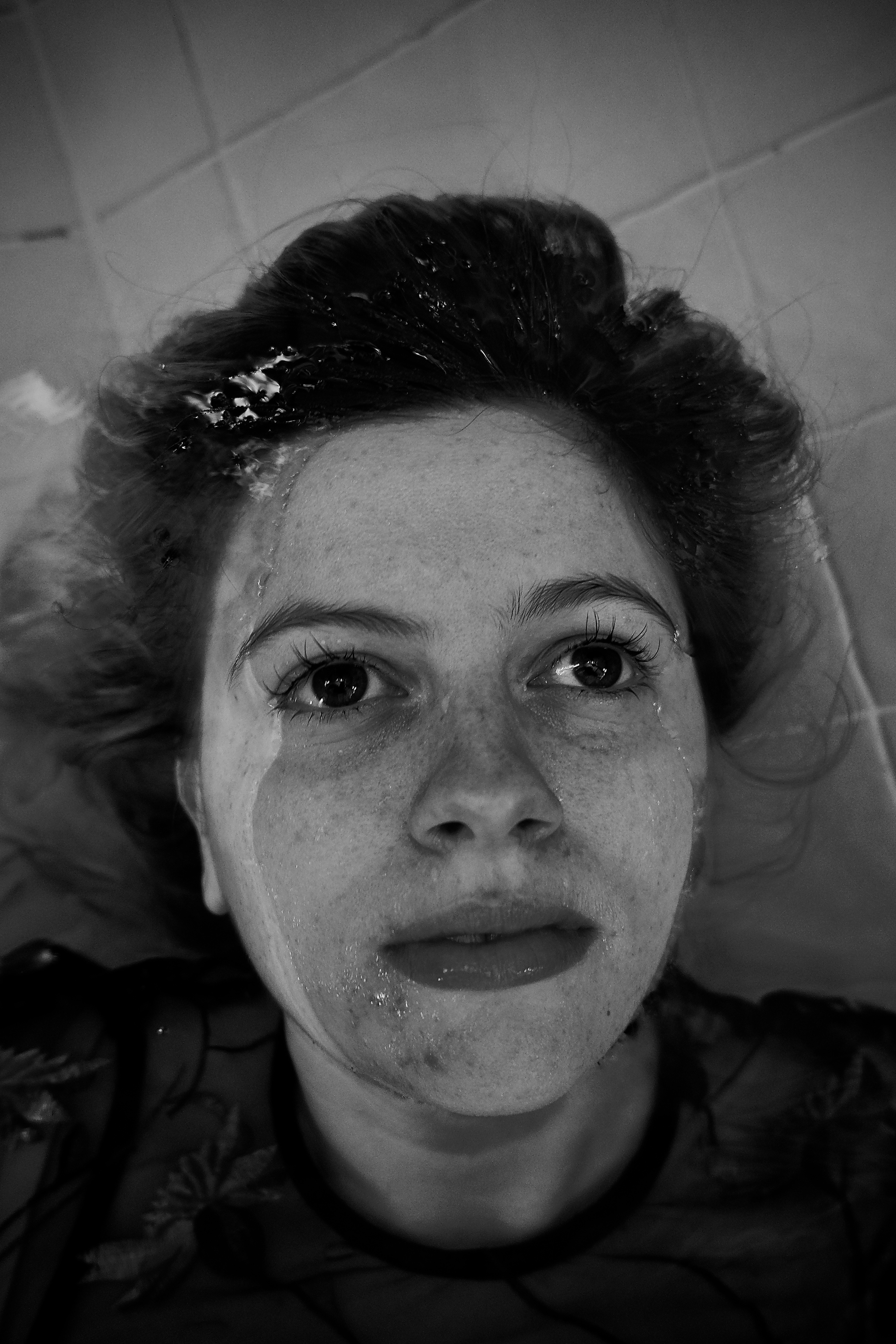





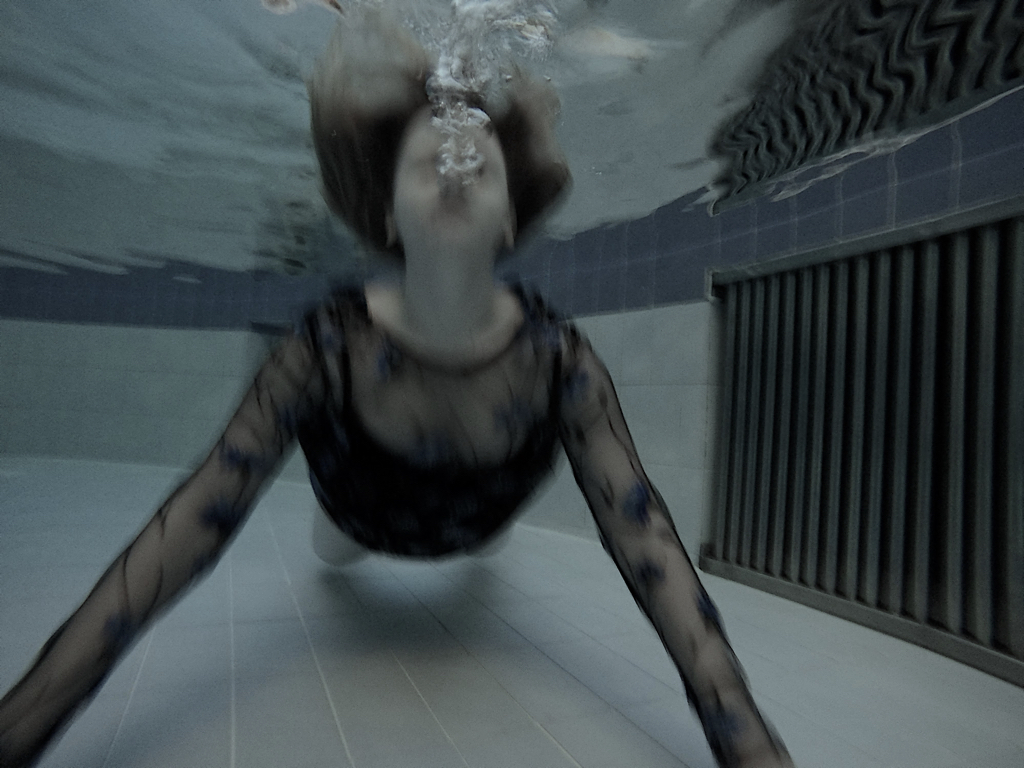

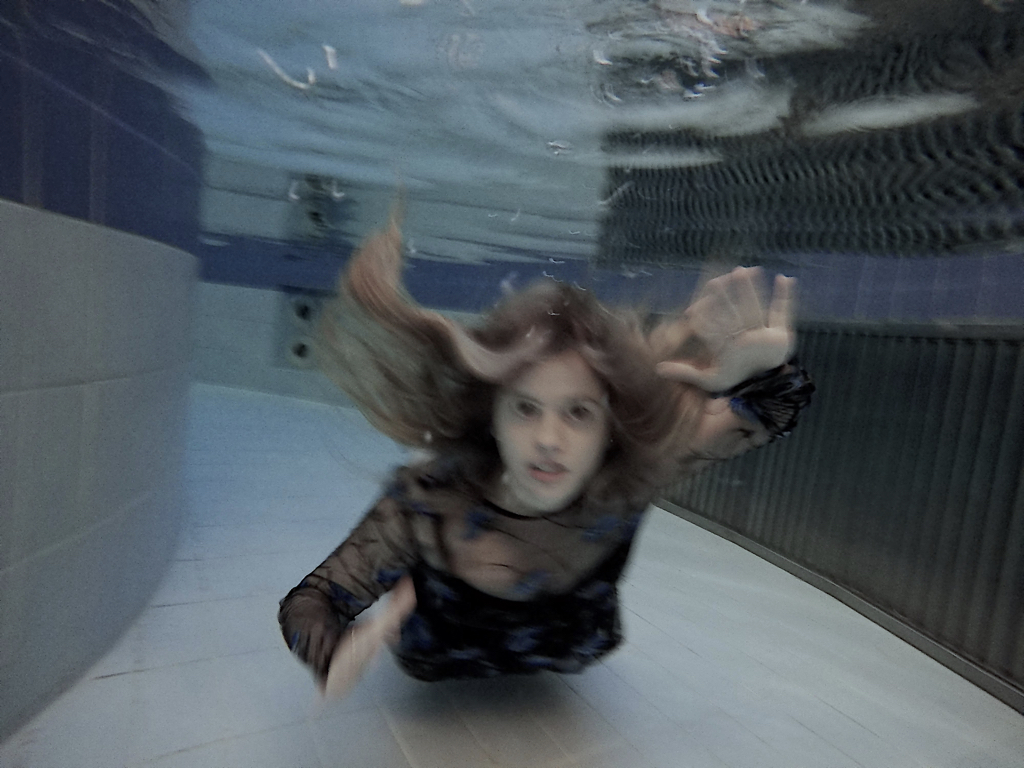



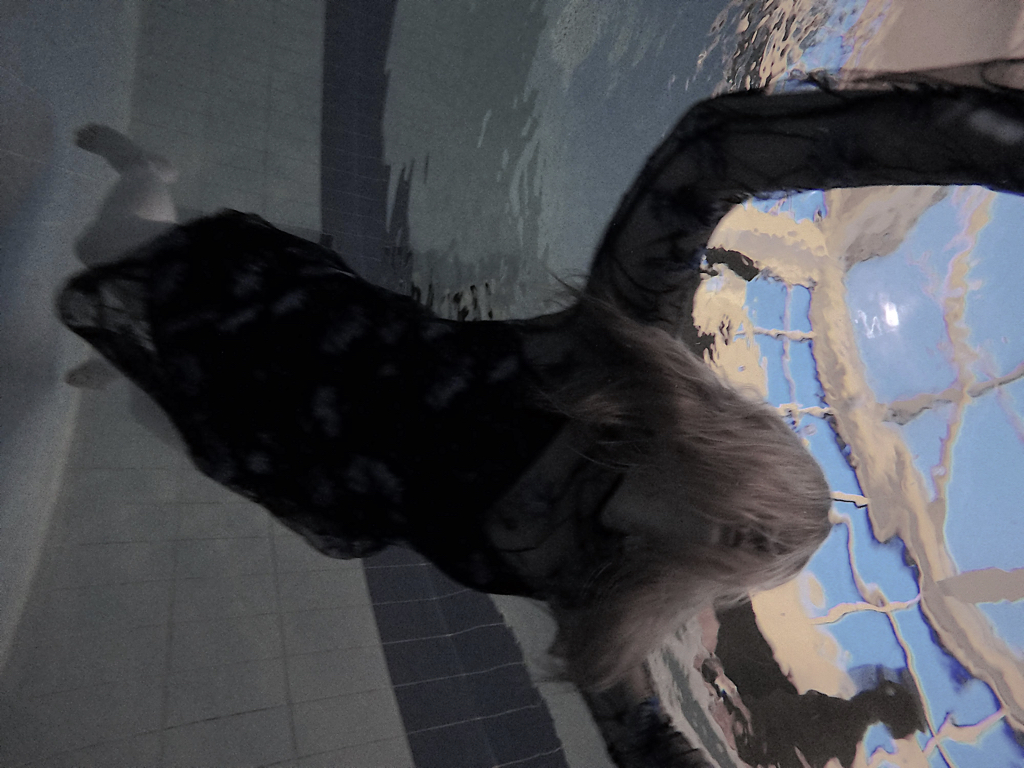

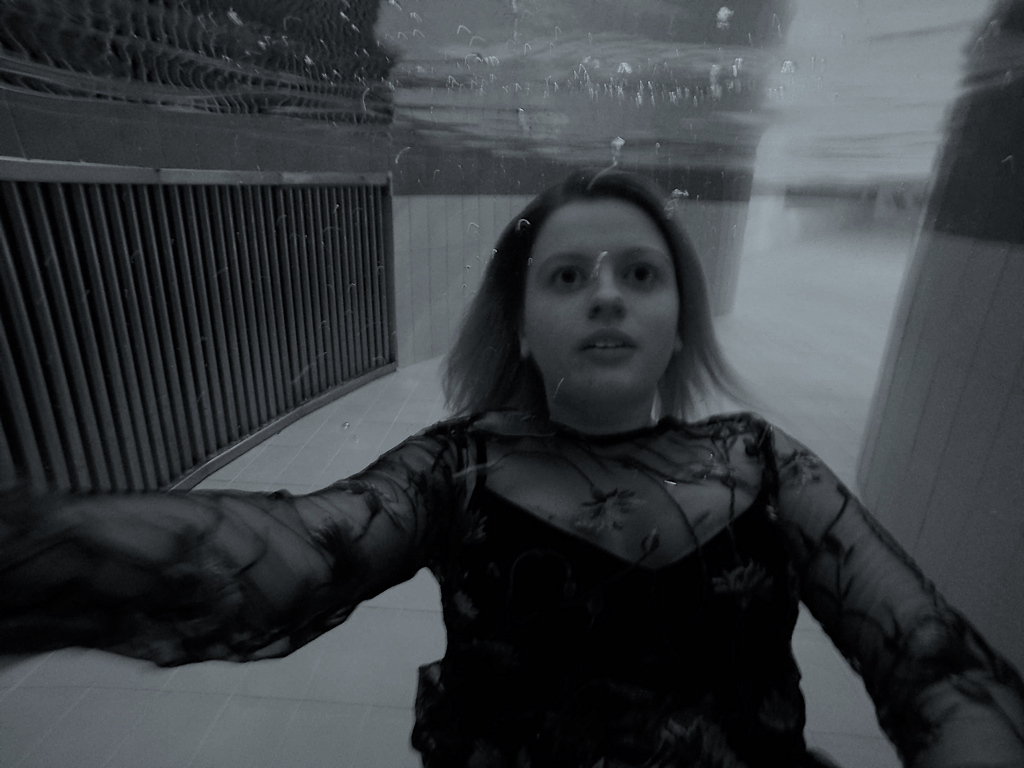

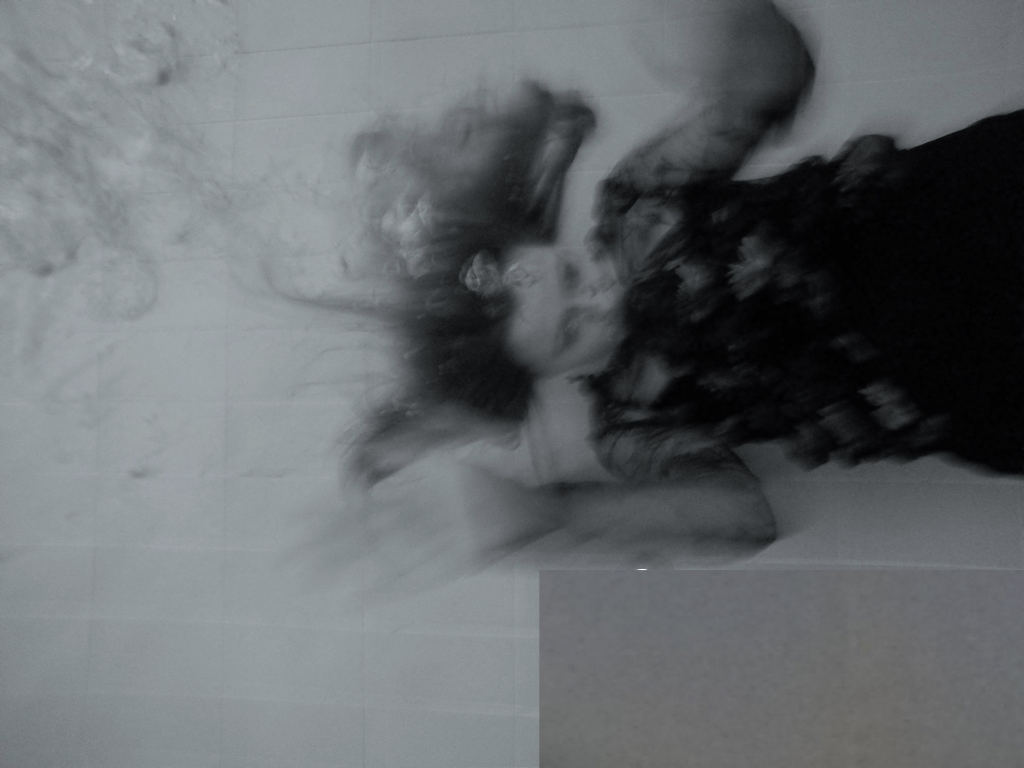
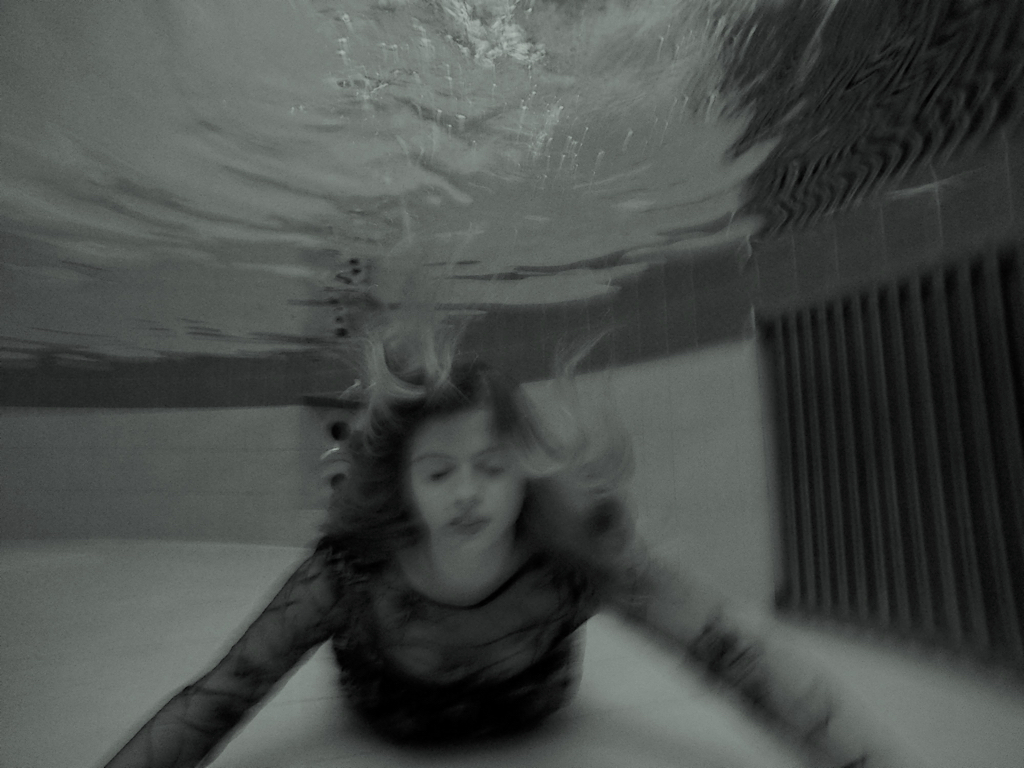

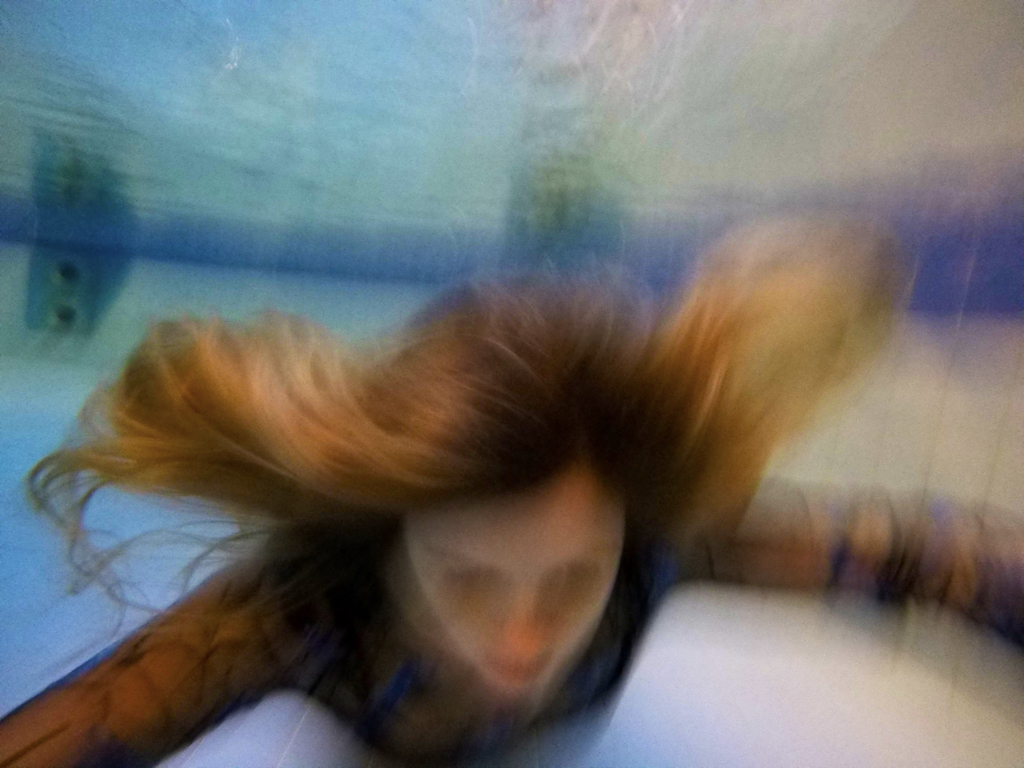




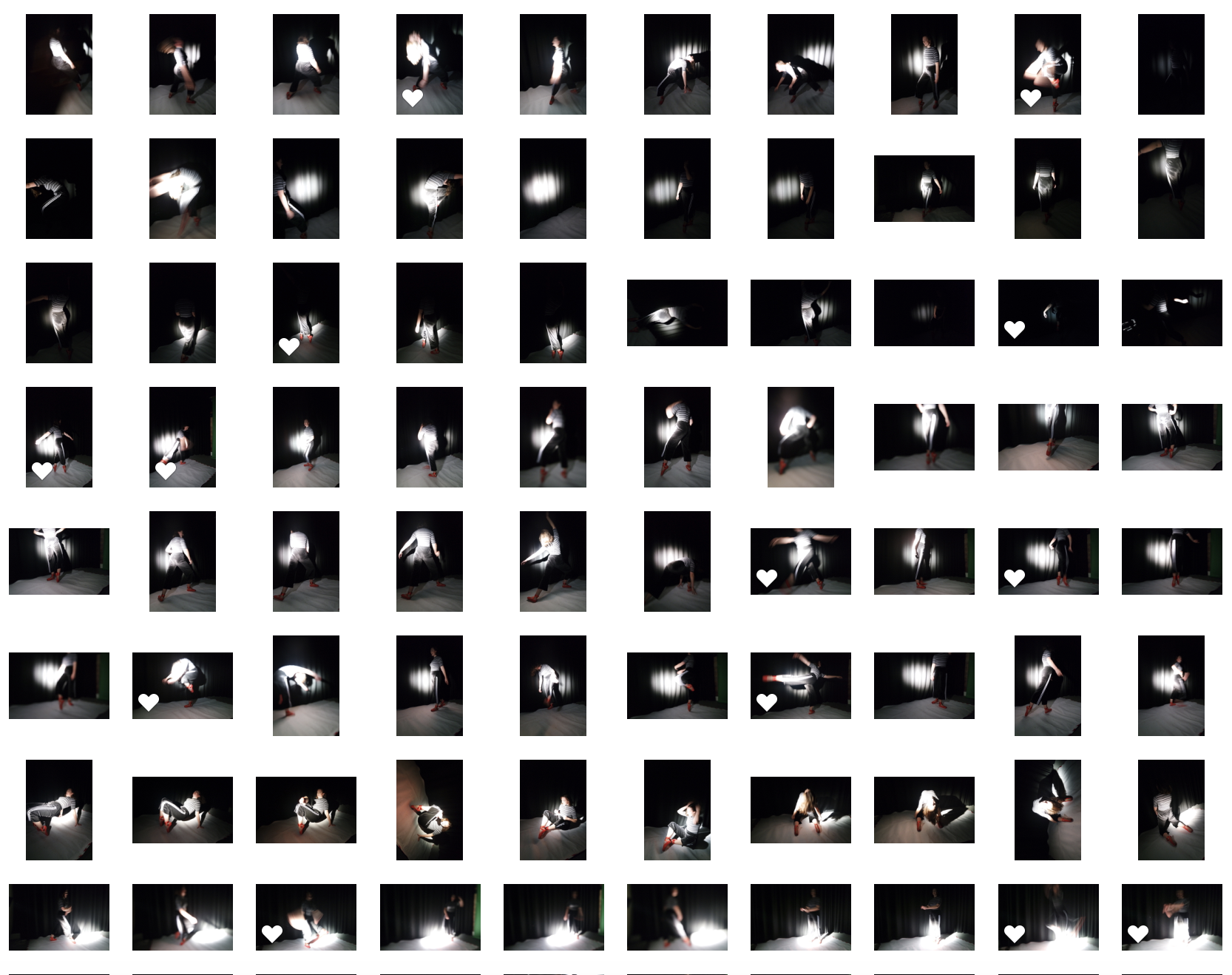
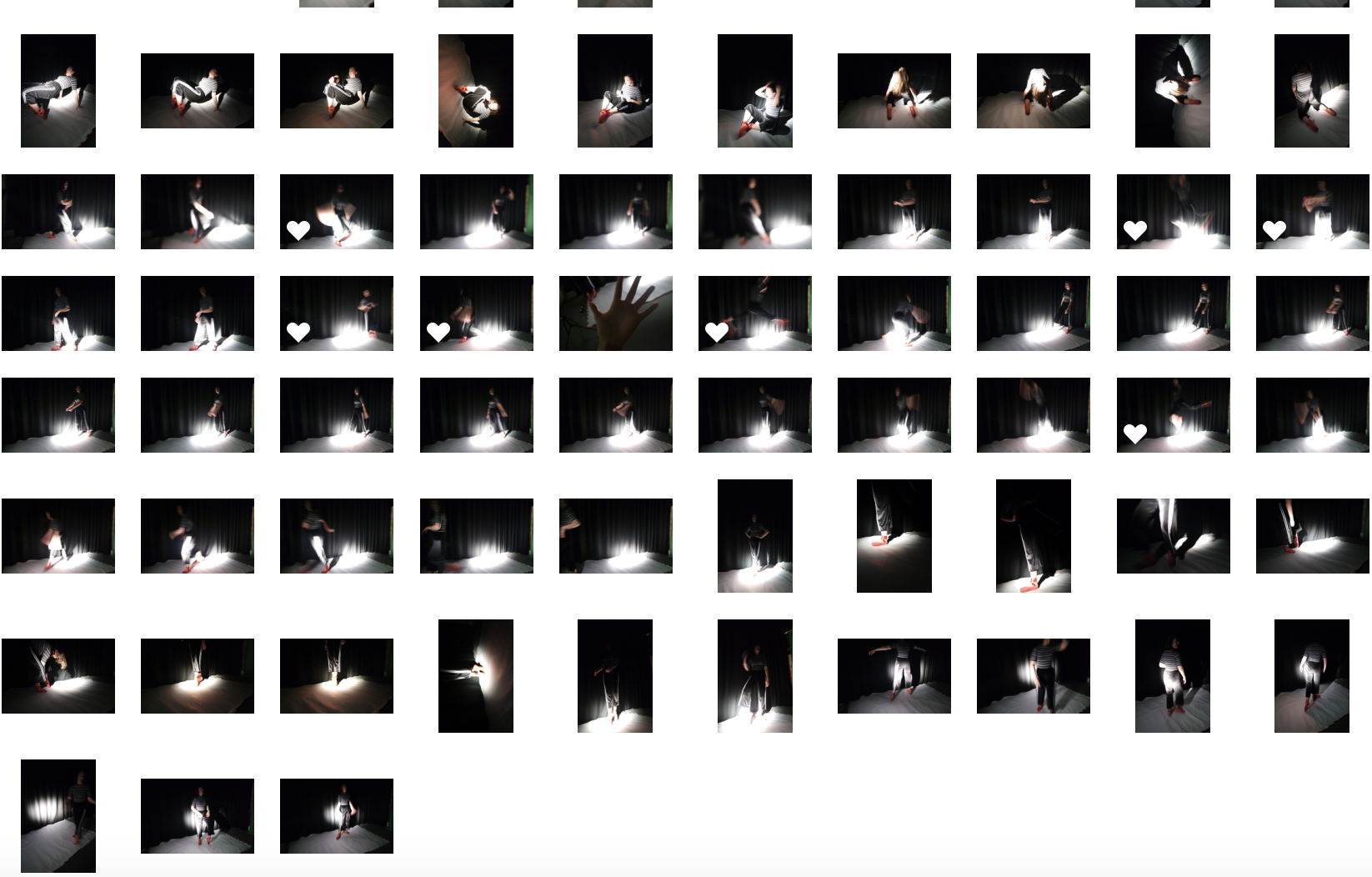
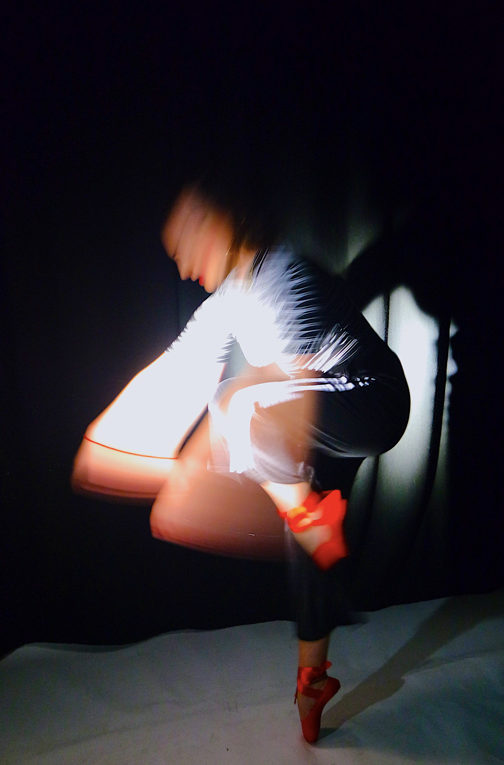
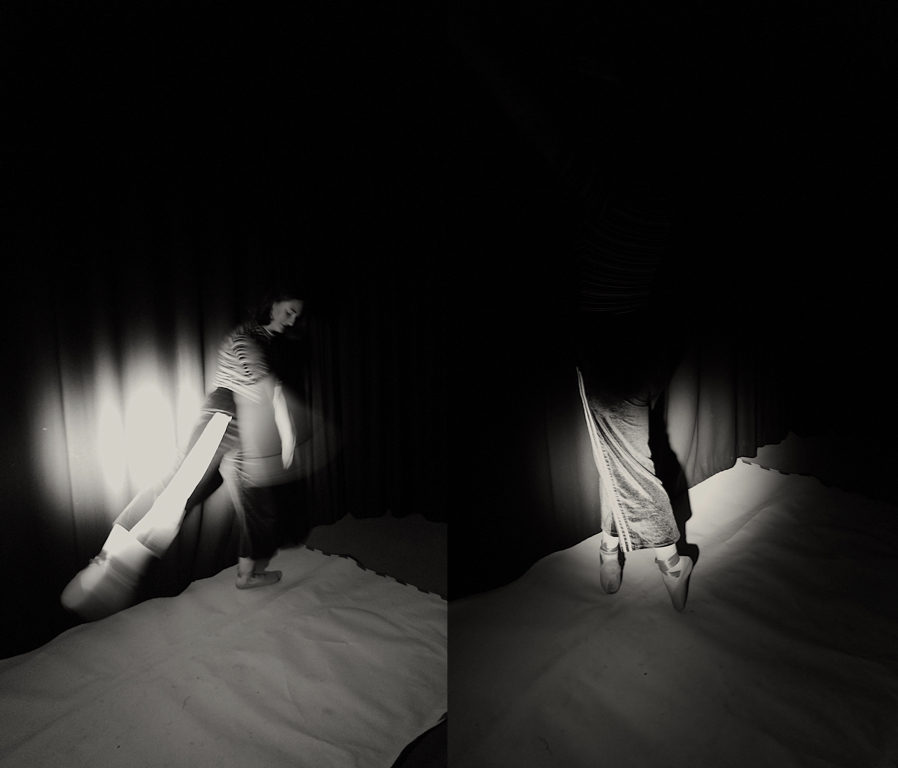



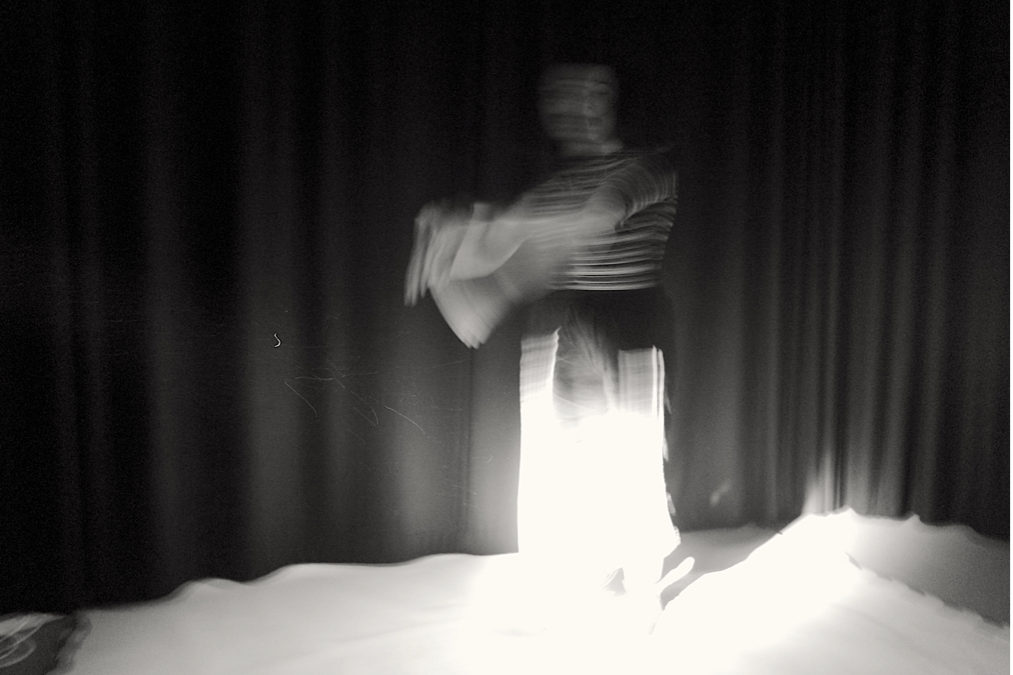

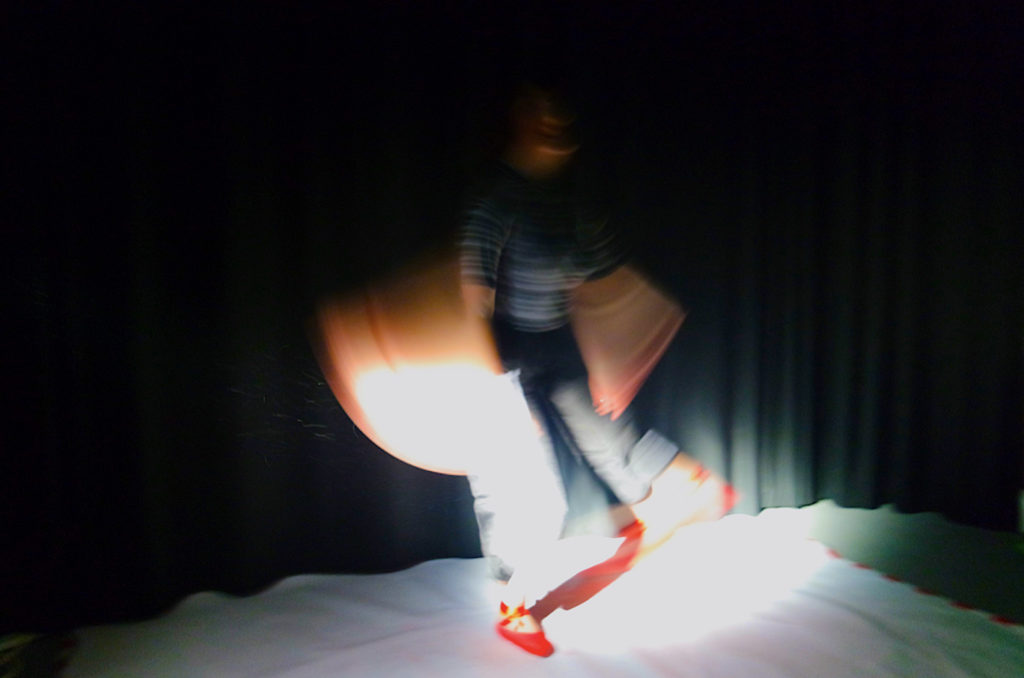
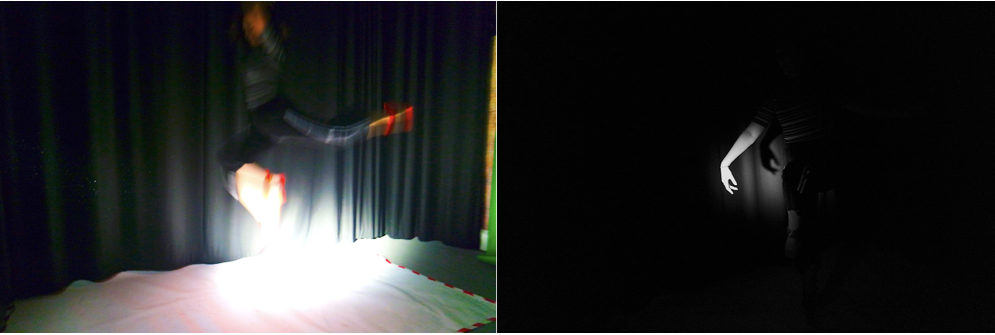
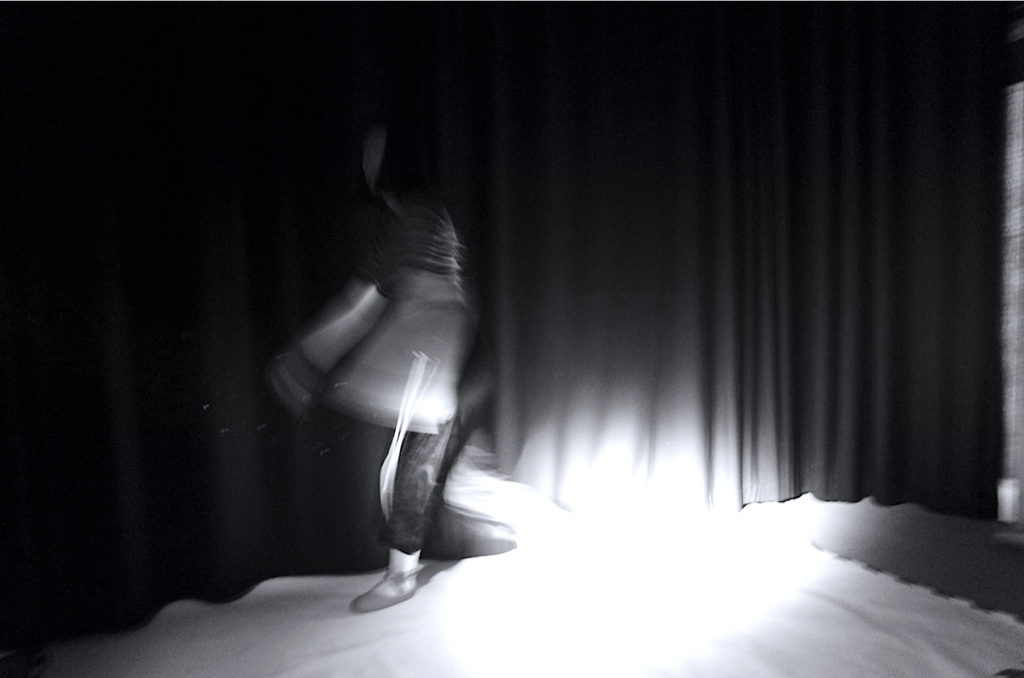
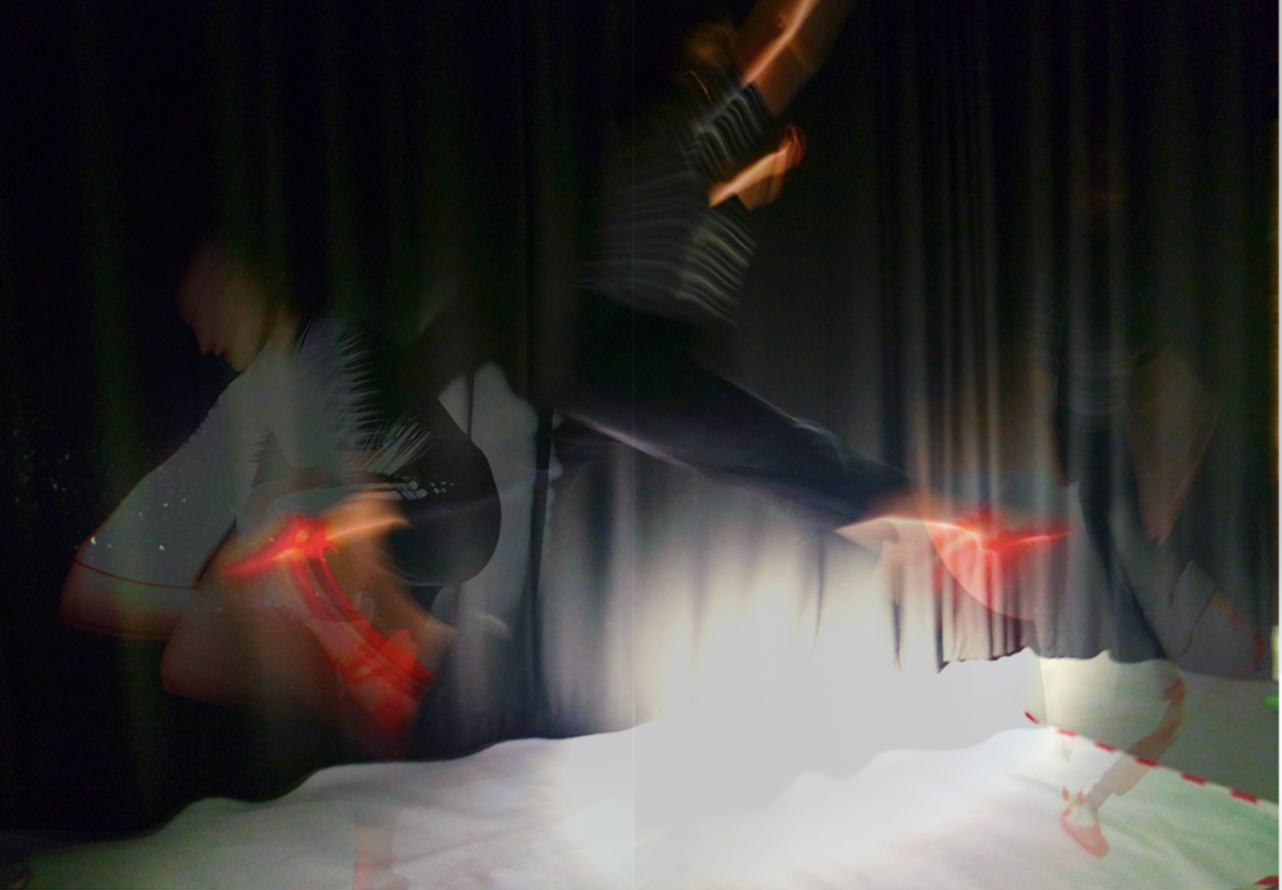
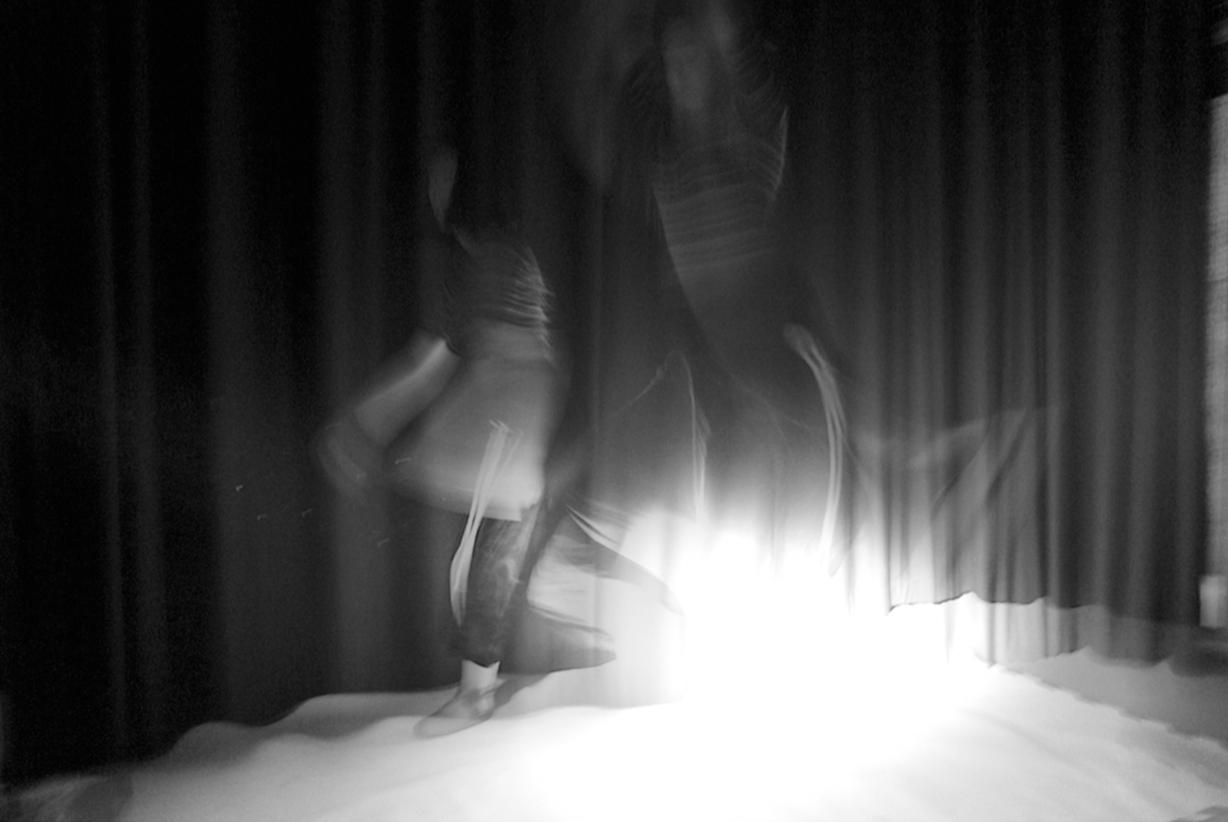
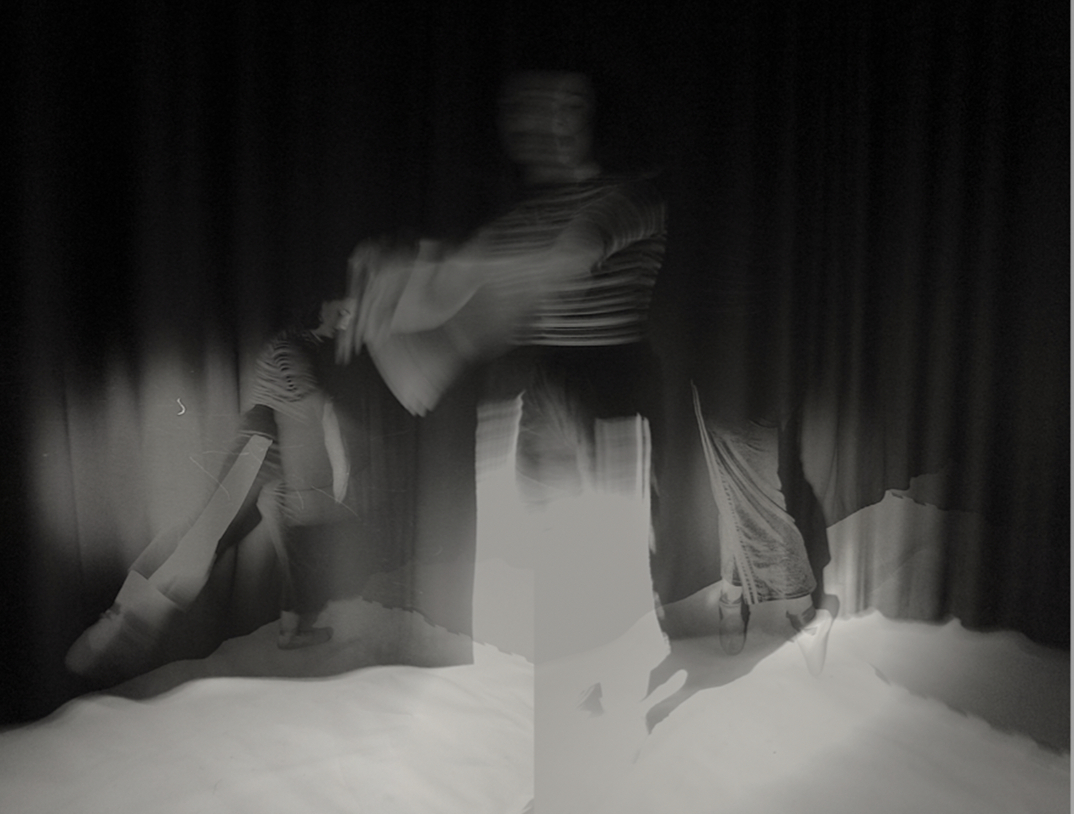




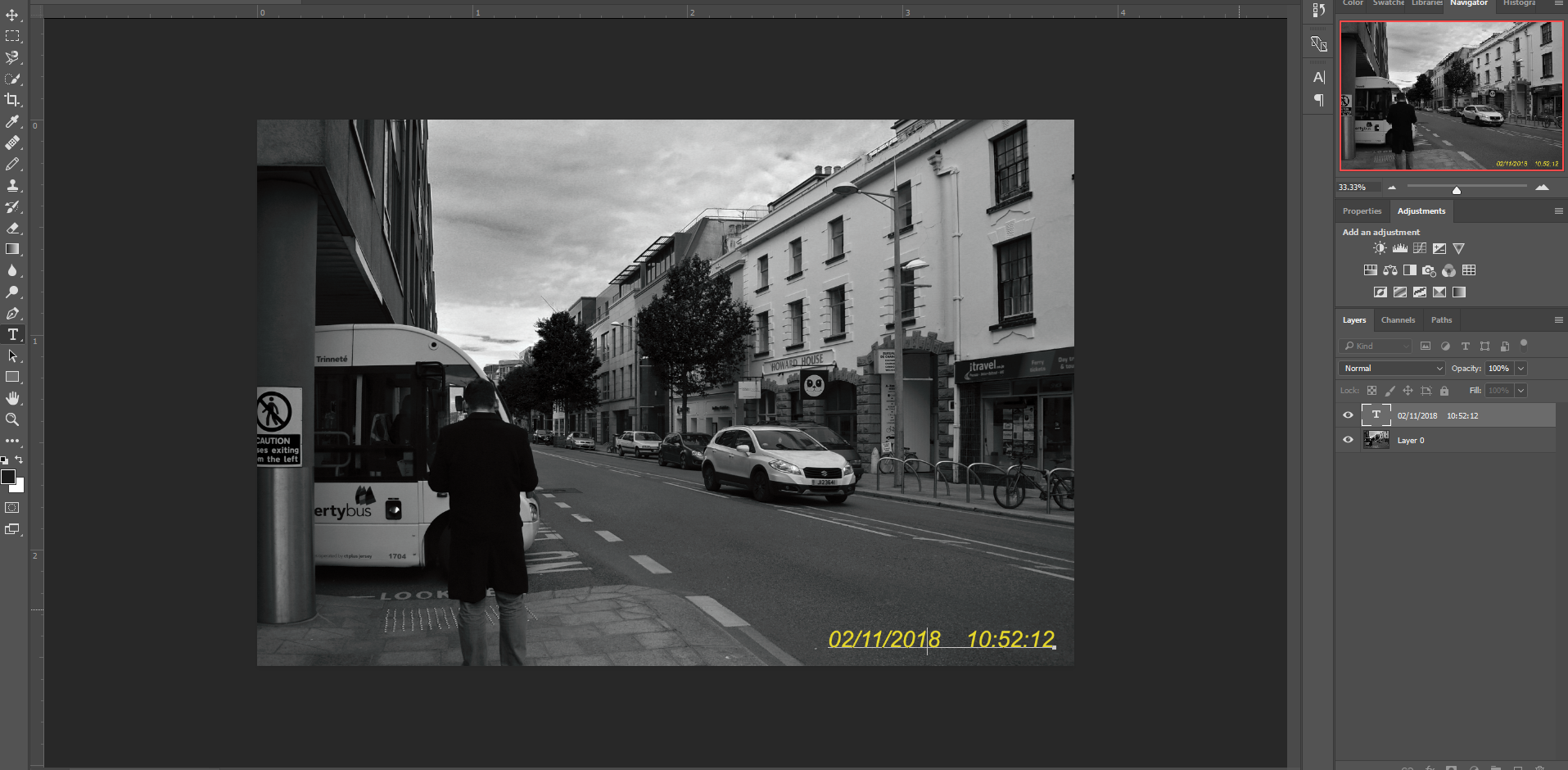


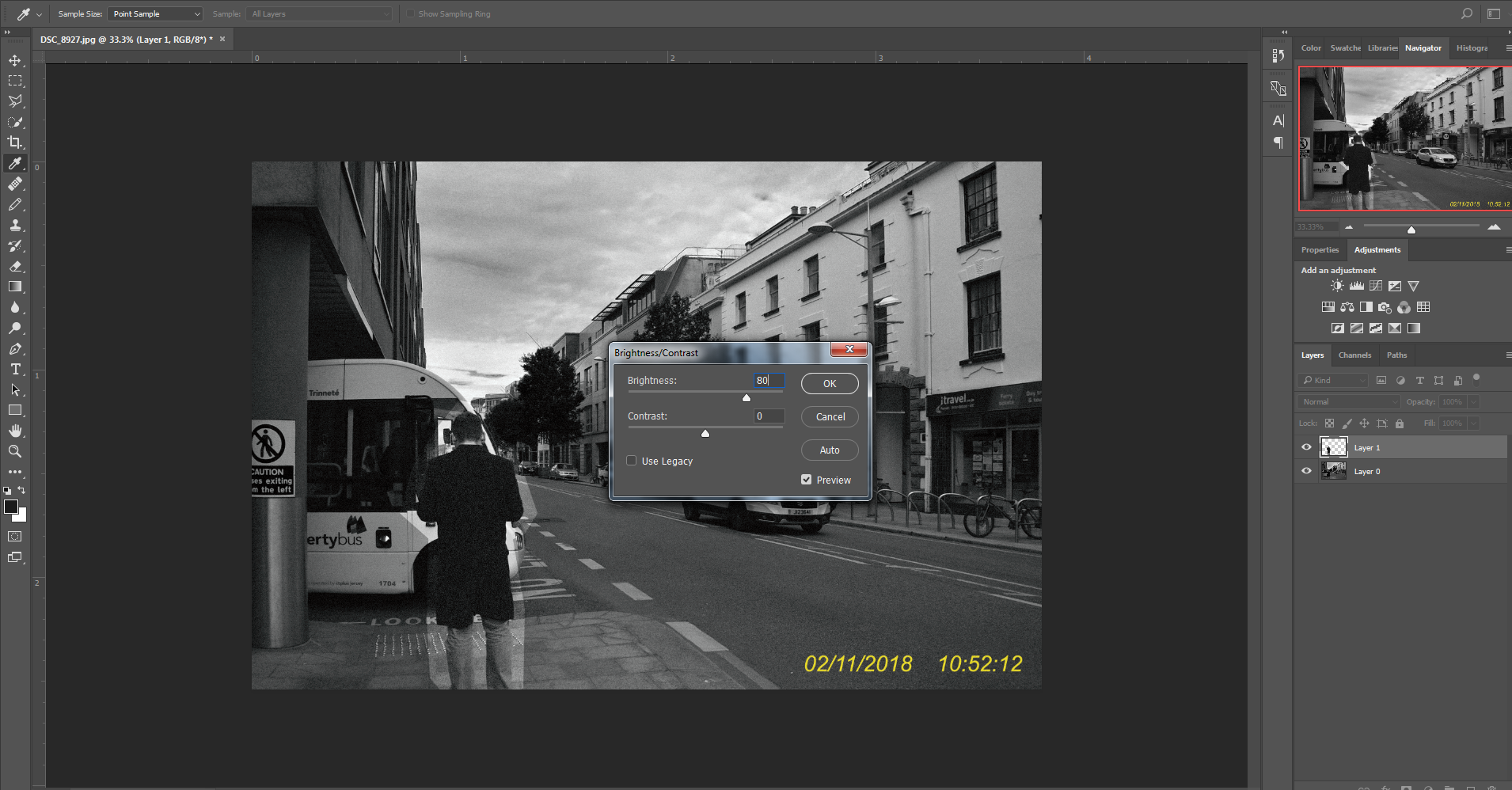










 I began by inserting all my photographs from this shoot into Adobe Lightroom. Then, using the function of flagging photographs, I picked out the images that I think are successful and that I want to use and edit in the later stages. I filtered out all the non-flagged images so that I was left with only the images that I chose and I went into the ‘develop mode’ where I edited the first photograph to my liking.
I began by inserting all my photographs from this shoot into Adobe Lightroom. Then, using the function of flagging photographs, I picked out the images that I think are successful and that I want to use and edit in the later stages. I filtered out all the non-flagged images so that I was left with only the images that I chose and I went into the ‘develop mode’ where I edited the first photograph to my liking.
